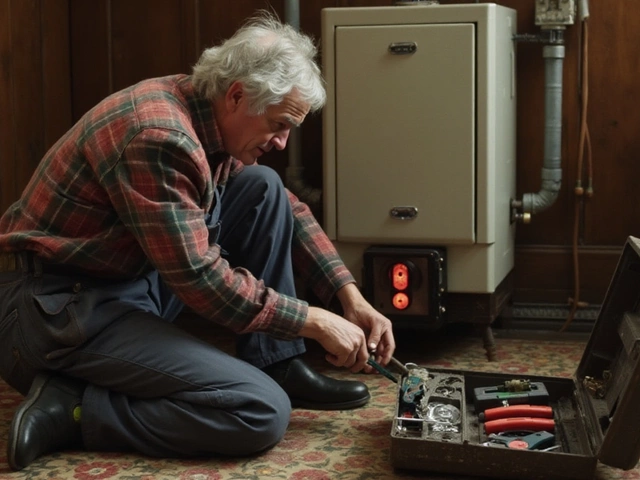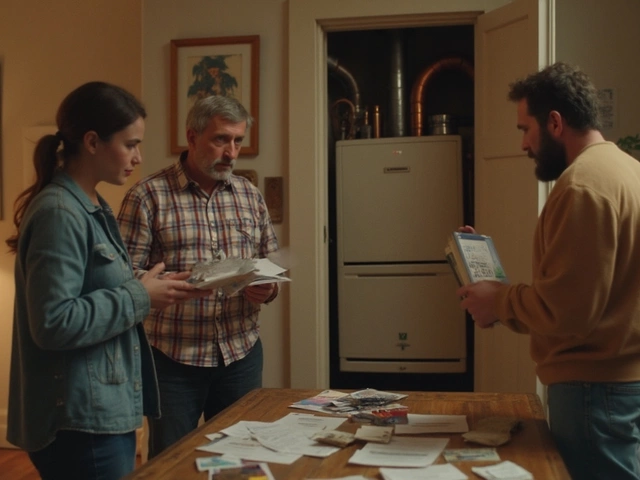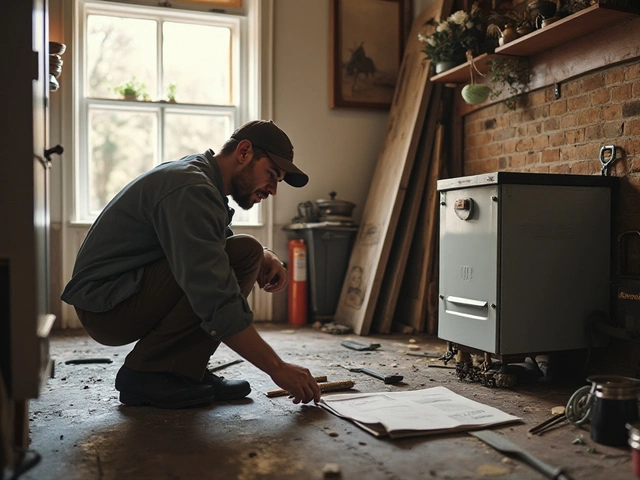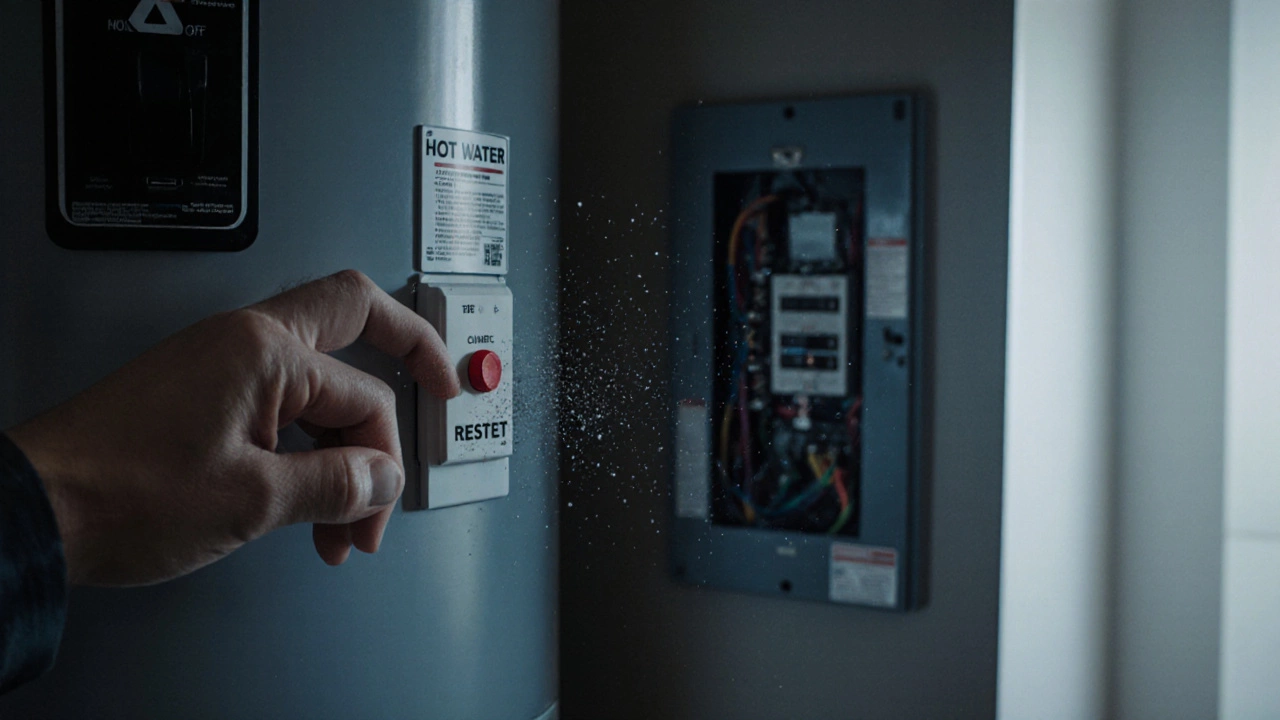Turn Off Breaker: When and How to Safely Reset Your Appliance Circuit
When your fridge stops cooling or your oven won’t heat up, the first thing you should check isn’t the manual—it’s the turn off breaker, a safety switch that cuts power to a circuit in your home’s electrical panel. Also known as a circuit breaker, it’s designed to protect your wiring and appliances from overload or short circuits. Before you start poking around inside a faulty appliance, flipping the breaker off isn’t just smart—it’s the only safe way to begin troubleshooting.
Many people skip this step because they think their appliance just "stopped working." But more often than not, the issue isn’t the appliance at all—it’s the circuit breaker, a device that automatically shuts off power when it detects a dangerous current surge tripping. A single overloaded circuit can knock out your microwave, kettle, or even your washing machine. If you’ve noticed flickering lights or a buzzing sound from your fuse box before the appliance died, that’s your breaker trying to tell you something.
Turning off the breaker isn’t just about safety—it’s about accuracy. If you try to fix a faulty heating element without cutting power, you risk shocking yourself or making the problem worse. And if you don’t reset the breaker properly, you might not even know if the appliance is truly broken or just starved for electricity. The electrical reset, the simple act of switching a tripped breaker to off, then back to on can bring your appliance back to life in seconds. It’s the most common fix for sudden power loss, and it costs nothing.
Most UK homes have a fuse box near the front door or in a utility cupboard. Look for a switch that’s not fully in the "on" position—it’ll be sticking out slightly or pointing the opposite way from the others. Flip it all the way to off, then back to on. You’ll hear a click. If your appliance turns on after that, you’ve solved it. If not, you’ve ruled out a power issue and can now focus on the real problem—whether it’s a broken thermostat, a worn-out element, or a faulty control board.
Don’t ignore repeated breaker trips. If it keeps happening, something’s drawing too much power—or there’s a hidden fault in the wiring. That’s when you call in a professional. But before you do, always turn off the breaker. It’s the first rule of appliance repair, whether you’re fixing a microwave, an oven, or a boiler. It’s not just advice—it’s the standard practice every certified technician follows.
Below, you’ll find real-world guides on diagnosing broken appliances—from ovens that won’t heat to fridges that suddenly go silent. Each one starts with the same step: turn off breaker. These aren’t theory pages. They’re practical checklists written by people who’ve been in your kitchen, staring at a dead appliance, wondering what to do next. You’ll learn what to test, what to ignore, and when to stop guessing and start calling for help.






